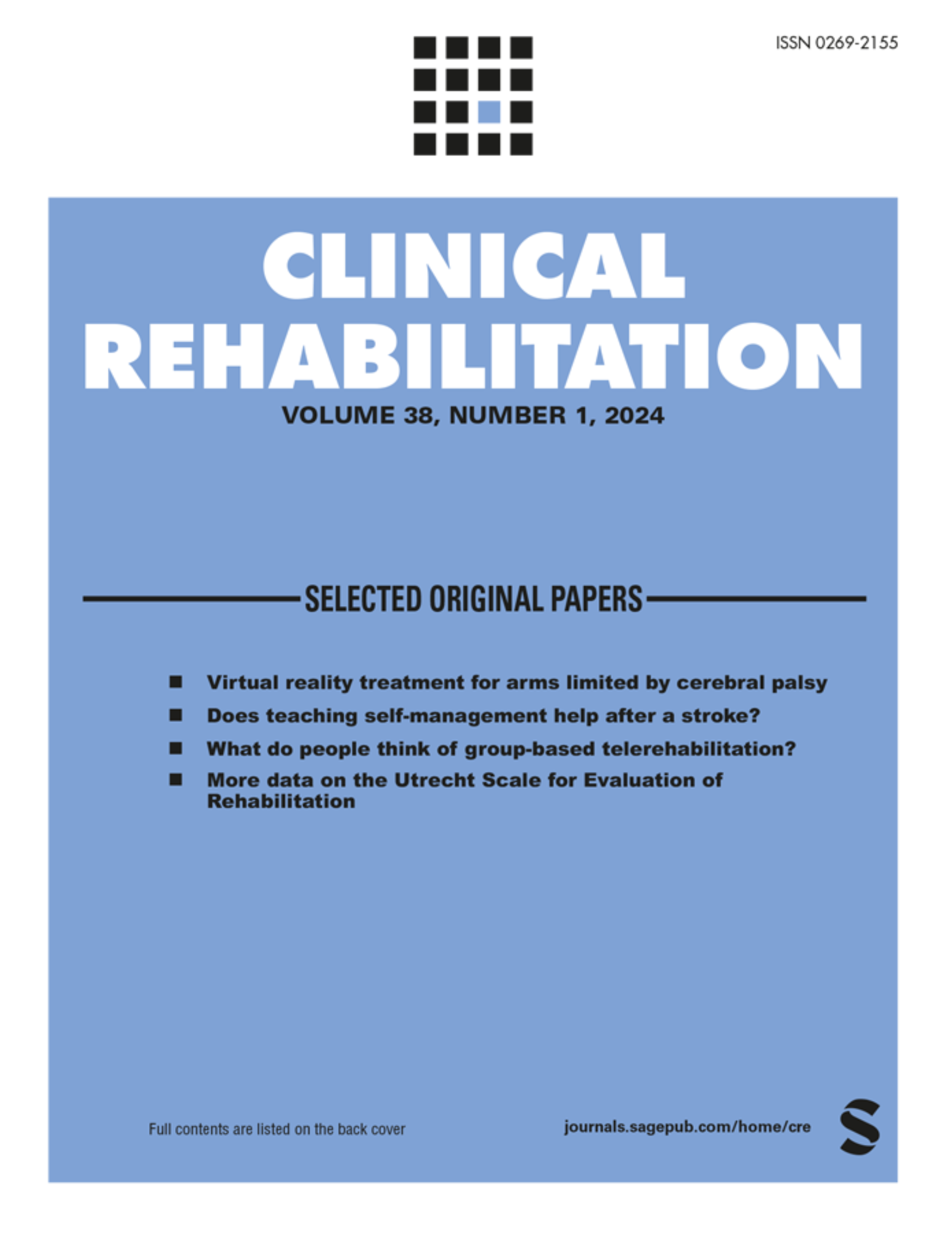
Cervico-thoracic vs. cervical thrust manipulation for mechanical neck pain

Cervico-thoracic vs. cervical thrust manipulation for mechanical neck pain
Short-term effects of spinal thrust joint manipulation in patients with chronic neck pain: a randomized clinical trial
Clin Rehabil. 2013 Jun;27(6):504-12. doi: 10.1177/0269215512464501. Epub 2012 Nov 5Did you know you're eligible to earn 0.5 CME credits for reading this report? Click Here
Synopsis
82 patients with chronic mechanical neck pain were randomized to receive full manipulation, which included mid-cervical, cervico-thoracic and thoracic thrust manipulations, or to a group receiving cervical thrust manipulation alone. The purpose of this study was to determine if there was an added benefit of the full manipulation treatment to neck pain, disability and range of motion. After one wee...
To view the full content, login to your account,
or start your 30-day FREE Trial today.
FREE TRIAL
LOGIN
Forgot Password?
Explore some of our unlocked ACE Reports below!

Learn about our AI Driven
High Impact Search Feature
Our AI driven High Impact metric calculates the impact an article will have by considering both the publishing journal and the content of the article itself. Built using the latest advances in natural language processing, OE High Impact predicts an article’s future number of citations better than impact factor alone.
Continue



 LOGIN
LOGIN

Join the Conversation
Please Login or Join to leave comments.